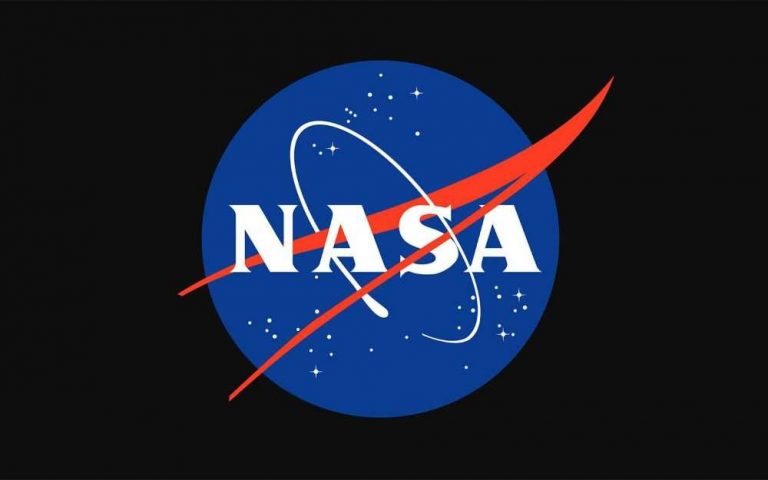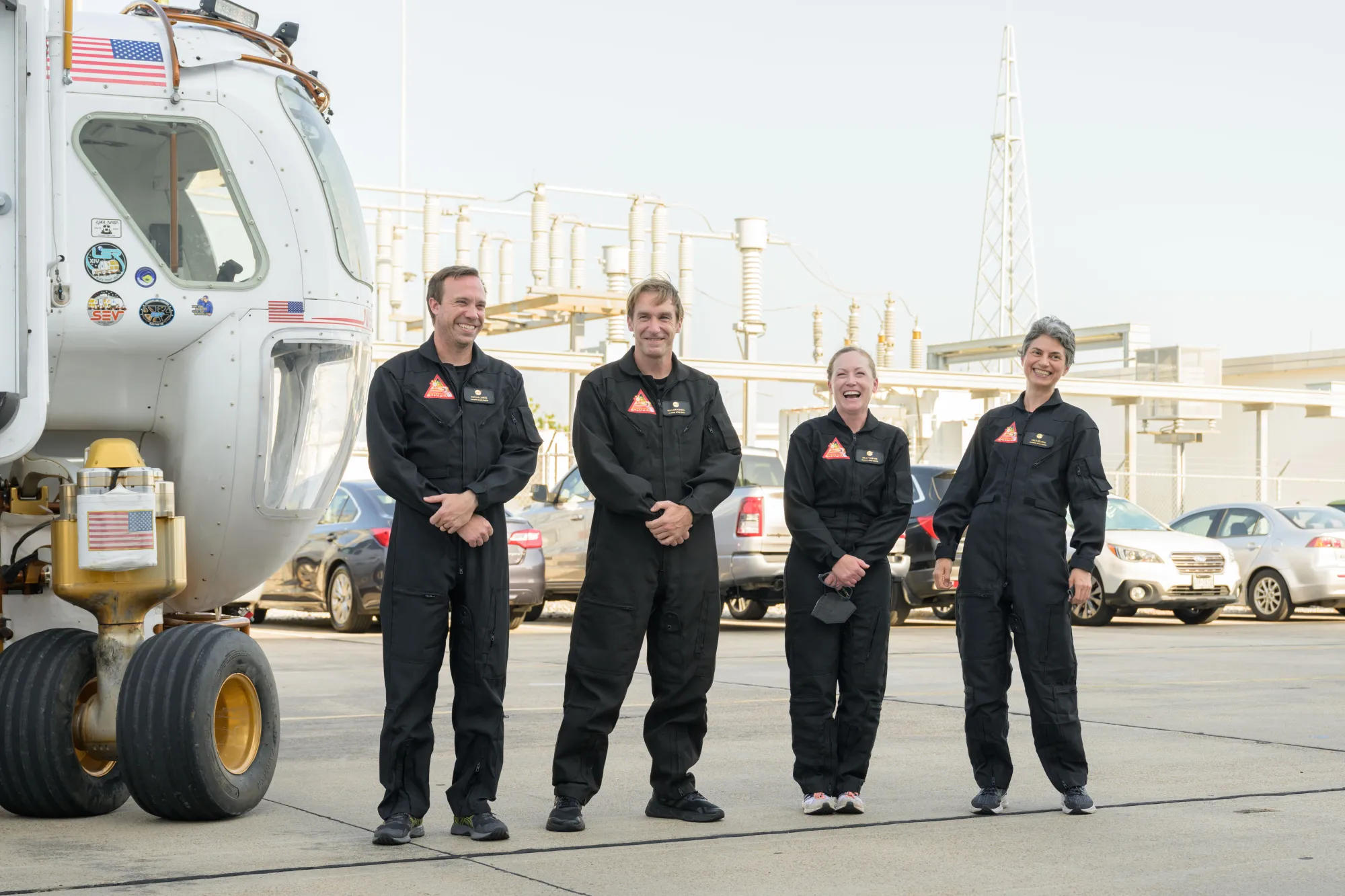
The four volunteers selected will participate in the agency’s next simulated one-year Mars surface mission
Abu Dhabi
NASA is searching for volunteers to take part in an isolation experiment simulating what it would be like to be alone on Mars.
The four volunteers selected will participate in the agency’s next simulated one-year Mars surface mission, which NASA says is designed to help them gather data for their plans to one day have humans explore the red planet.
This is the second year-long Mars experiment NASA is conducting. The first one kicked off in June 2023 (meaning the applicants are still in isolation for a few more months).
The second of three planned ground-based missions called CHAPEA (Crew Health and Performance Exploration Analog) is scheduled to kick off in spring 2025.

The missions involve a four-person crew working and living together in a 3D-printed, 1,700-square-foot base at NASA’s Johnson Space Center in Houston.
The base, called Mars Dune Alpha, is designed to simulate the challenges that will be faced by the first people on the actual planet: resource shortages, equipment failures, communication delays and other stressful situations.
Also read: Sharjah, US Mission discuss space exploration future
Applications are open for the second CHAPEA mission until April 2. The mission itself is scheduled to begin sometime in 2025.
They’re looking for healthy, non-smoking U.S. citizens between the ages of 30 and 55, who are proficient in English, with a strong desire for “unique, rewarding adventures and interest in contributing to NASA’s work to prepare for the first human journey to Mars.
Crew members must have a master’s degree in a STEM field such as engineering, mathematics, biological, physical or computer science. They must also have at least two years of professional STEM experience or a minimum of 1,000 hours piloting an aircraft.
Published under the International Cooperation Protocol with Middle East Business | Life Magazine
______________________